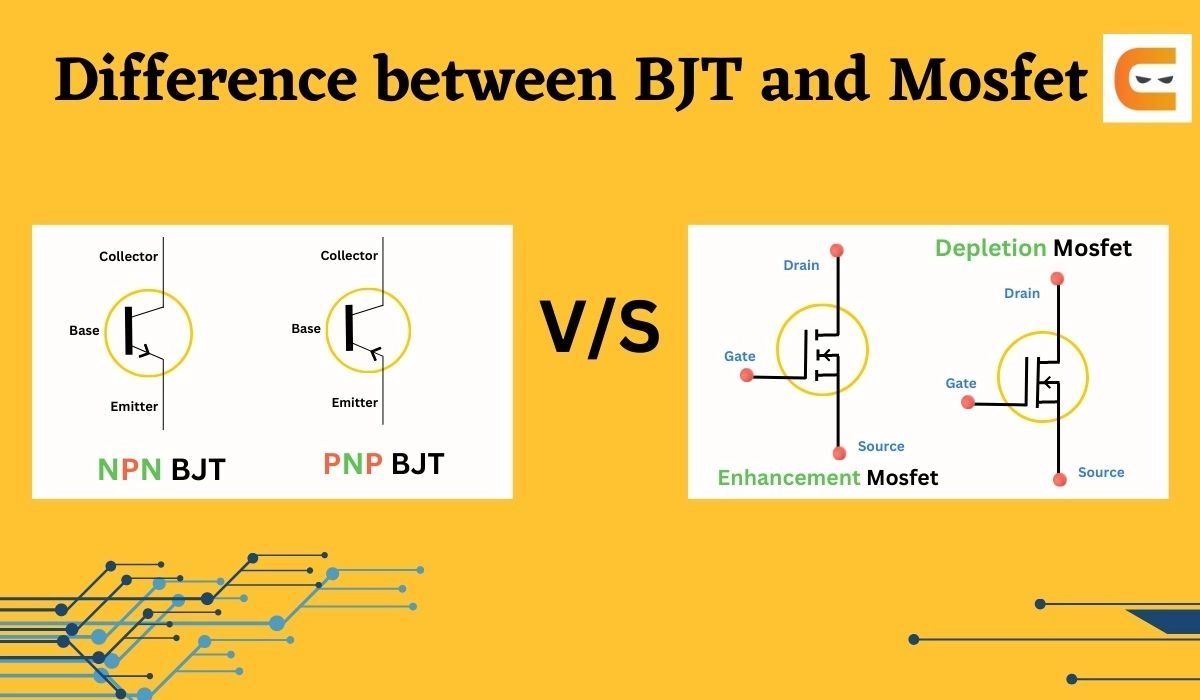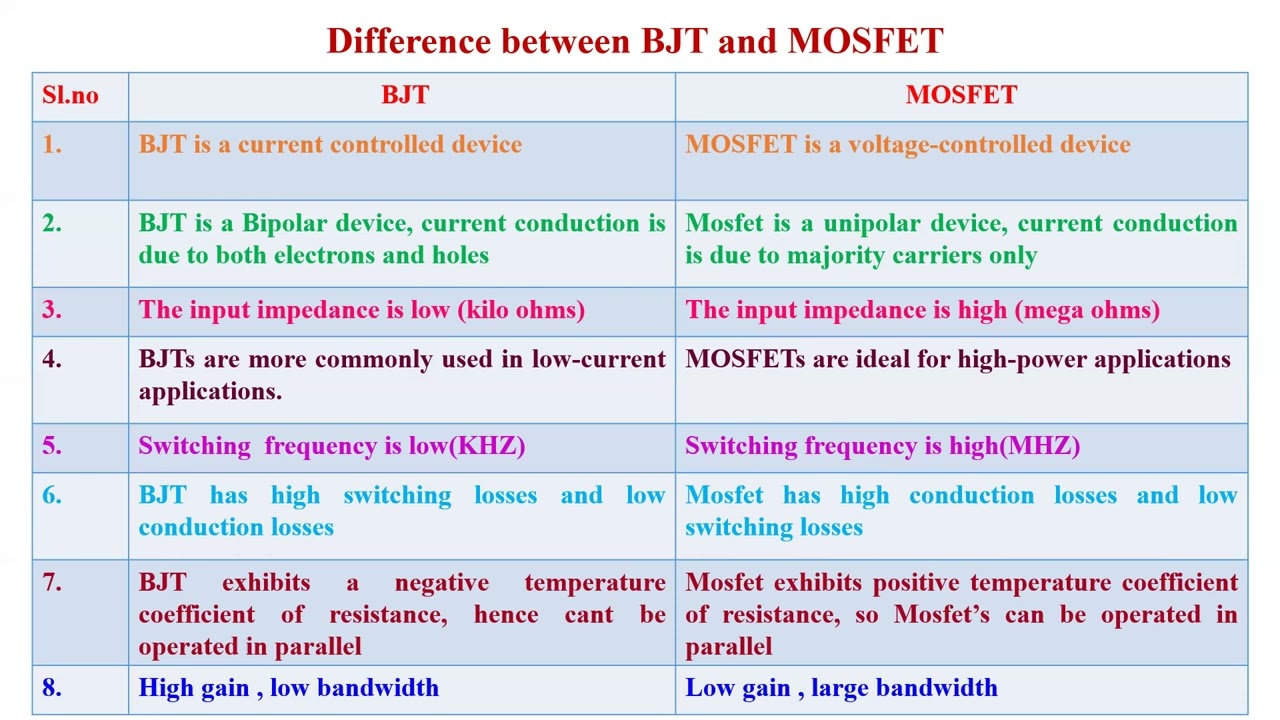Okay so today I gotta write down what happened when I finally tried to really get my head around why BJTs and MOSFETs seem so different but always pop up together. Honestly, it started because I kept messing up when building this simple power controller thing for my workshop lamp.

Getting Fed Up and Digging In
Right? I’d look online, find some circuit, build it, and sometimes it kinda worked… sometimes it smelled like burning plastic. Not cool. Mostly when I swapped the BJTs and MOSFETs people used without understanding why. It felt like throwing spaghetti at the wall. So I grabbed a bunch of my junk box parts – a few NPN and PNP BJTs, and a handful of those N-channel and P-channel MOSFET things.
My bench was chaos:
- A breadboard with wires everywhere.
- My old adjustable power supply.
- A multimeter that hates me.
- A small LED and resistor as my test “load”.
- My trusty, slightly scary signal generator to give it something to chew on.
The “Plug Stuff In and See” Phase
First, I tried replacing a BJT in an old on-off switch circuit I had lying around. I connected a small MOSFET like the 2N7000 instead of a 2N2222 BJT. Power on… and nothing. Dead. LED dark. Okay, what’s different? I remembered reading something about MOSFETs needing voltage on the gate, not current, unlike BJTs.
Here’s the lightbulb moment part: With the BJT (that 2N2222 guy), if I gave a tiny bit of current into the base pin using a resistor to my finger (seriously!), the LED lit up. Even just touching the base wire made it work sometimes. It felt like the BJT wanted a little push of current to turn it on properly.
But that MOSFET? Poking the gate with a resistor to my finger? Nothing. Absolutely nada. It was like it was ignoring me! Then I hooked up my signal generator to the gate with a wire, no resistor needed really, and BOOM, bright LED! So difference number one smacked me: BJTs care about the little current push they get (base current), MOSFETs care about the voltage you apply to the gate. No current needed to speak of.

Pushing It Too Far (Like Always)
Then I got cocky. I tried using a MOSFET where I knew a fairly big current would flow later on – powering a bigger motor instead of my tiny LED. Used my IRFZ44N “power” MOSFET. Worked okay… at first. Then POOF! Magic smoke! Not good.
Why? Well, unlike the BJT which just lets a bigger current flow proportional to its control current (mostly), a MOSFET behaves differently when it gets hot or the current is too much. It got unstable because unlike my BJT setup which I drove properly with base resistors before, I didn’t factor in that the MOSFET gate is crazy sensitive to static and voltage spikes. One wrong touch? Dead chip. Lesson learned the hard way: MOSFET gates are delicate princesses and need careful handling, BJTs are a bit tougher with their base.
What Actually Stuck In My Thick Skull
After frying parts and scribbling notes that looked like a toddler attacked my notebook, here’s what makes sense to me now:
- The Driving Difference: You push small current into a BJT to make it turn on. You apply voltage to a MOSFET’s gate. Current into the gate? Basically zero, it’s just a tiny little charge needed. So MOSFETs are awesome when you’ve got a small chip controlling something big.
- Speed Can Vary: For my quick on-off switching stuff? MOSFETs often seem snappier because charging that gate up quickly is easier than pumping enough base current fast into a BJT. But really fast BJTs exist too, it gets complicated.
- Power Wastage: If I’m building a linear thing like a basic amp or a bench power supply where things are “on” constantly, BJTs kinda waste less power internally than MOSFETs do in that mode. But when switching hard, MOSFETs often win on efficiency.
- That Gate Sensitivity is Real: Like I learned painfully. Handle MOSFETs like they’re static-sensitive chips (because they are!), ground yourself, be careful. BJT bases are generally more forgiving.
- Choosing One: Need something simple, cheap, for low-power stuff? Or need low waste in linear circuits? BJT often wins. Need super-efficient power switching? Or driving big loads with a tiny micro? MOSFET usually wins. You kinda choose the tool for the job.
Feeling a Bit Less Stupid
So yeah, it wasn’t magic, just different ways of doing the same thing. Actually using them side-by-side finally made the difference stick. I probably still don’t know all the deep physics inside, but I know why my lamp controller kept failing (using the wrong part badly), and how to fix it. That’s good enough for my workshop! Time to build a better dimmer…

